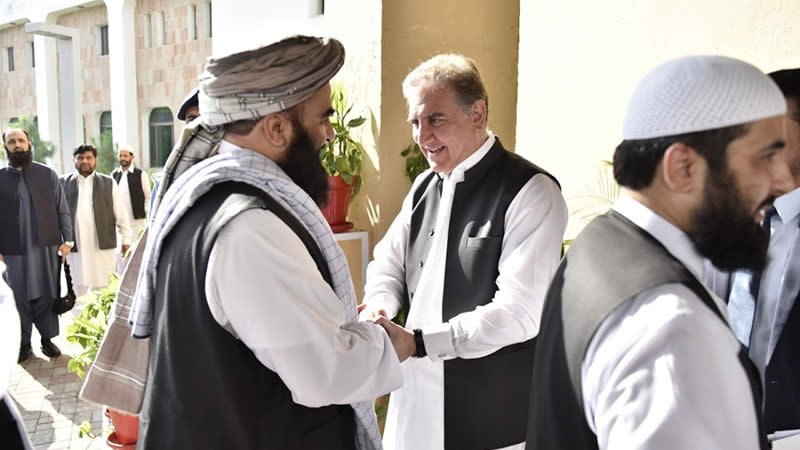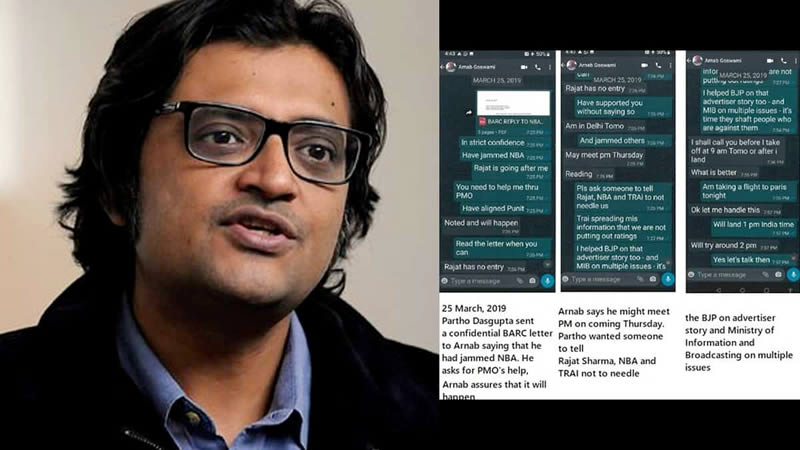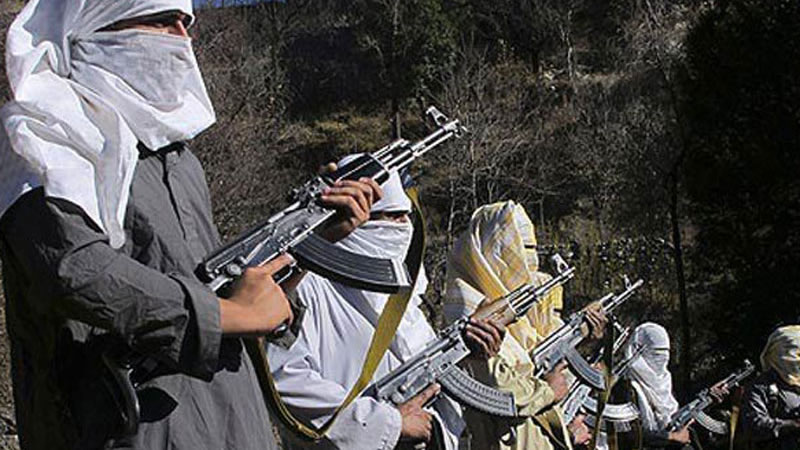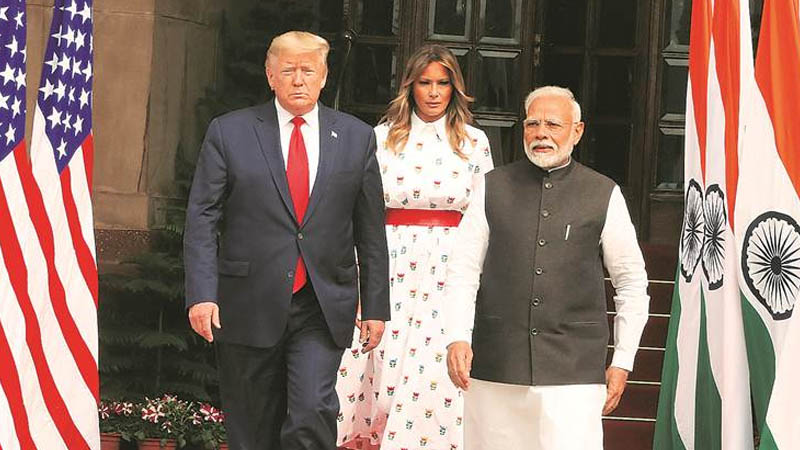 Government-run institutions such as NDFC, ICP, PICIC and now the IDBP had to be wound up on account of piled-up losses. But, no one analysed the reasons behind the closure of these bankrupt institutions. The most touted reasons, however, were the stories of their misuse by the political players at the helm.
Government-run institutions such as NDFC, ICP, PICIC and now the IDBP had to be wound up on account of piled-up losses. But, no one analysed the reasons behind the closure of these bankrupt institutions. The most touted reasons, however, were the stories of their misuse by the political players at the helm.
Nor did we ever ponder whether or not there could be some possible alternates to provide long-term project financing once these financial institutions were gone. Now, once again, what one hears is that the Federal Government is considering setting up an Infrastructure Bank and Mortgage Refinance Institution to meet the long-term financing needs (as stated by Finance Secretary Dr Waqar Masood Khan in his appearance before the Senate Finance Committee only recently).PICIC and the other institutions were established in the late fifties and early sixties and seventies with forex credit lines from western donor countries and rupee financing by the government and local banks. When the oil wealth started pouring into the Arab world, Pakistan quickly signed joint ventures with states such as Kuwait, Saudi Arabia and Libya. And, during the Musharraf government, four more development finance institutions were set up.
These countries were Oman, Brunei, Iran and China. The Government of Pakistan put up as much as Rs 35 billion in paid-up capital in these seven institutions. They were meant to attract investment from these countries into Pakistan, provide private equity as well as venture capital. And these were regarded as replacement for the earlier closed down institutions to meet long-term project financing needs.Seeing that these seven DFIs were not making a desirable dent and their capital was not adequate to help replenish the collapsing infrastructure, a strong need was felt to make an Infrastructure Bank. Several rounds of discussion took place with the Asian Development Bank, World Bank and International Finance Corporation, while McCarry Bank from Singapore was roped in for advice. The main plank was to form the institution with a combination of paid-up capital from the government, multi-lateral financial institutions and local private commercial banks. Projects identified by the Planning Commission, which could be undertaken in the public-private partnership framework, would be assessed by the Infrastructure Bank in terms of their scope and financial assistance would come at the very end.
The same bank would also have a division for project financing, provide advice and valuation for which expertise on projects – such as microchip manufacturing – is simply not available locally. However, there were no firm commitments for any kind of investment from them. So, the question is: Who will provide the seed money? The present liquidity situation does not rekindle much hope. Does it?Even a team from India visited Pakistan to brief the Pakistani counterparts on the toll roads being built under the public-private partnership so successfully in India. There are two concepts in vogue. One is where the government provides a guaranteed traffic flow. And, subsequently provides funds to plug the gap if the traffic is below the minimum guaranteed figure. The other is the one employed in the construction of Islamabad-Lahore Motorway, which, arguably, was considered a huge drain on national resources promising no positive results in relation to this mega-development project’s economic/commercial viability in short- or medium-term. The aim is to overcome the shortage of capital needed to supplement infrastructure financing with the help of the private sector.
This helps not only to increase the size of the public sector development programme but also makes these projects economically viable. A developer or a building company is allotted land on either sides of the toll road or toll highway to attract investment in petrol pump-cum-shopping centres with restaurants and cafes needed by the long or short-distance highway travellers and the routine commercial commuters such as cargo carriers. It also develops rest areas and earmarks scenic sights with the help of investors. As a result, the tariff or the toll not only gets reduced but also, in the process, the government ultimately ends up making a higher return on the land it provides.
Mortgage refinance is another area where we have not gone beyond mere talk. The IFC was interested in the venture with the State Bank of Pakistan. But due to high interest rates the proposal is now on the back-burner. We have over Rs 4 trillion of throw-forward projects in the PSDP and there is a graveyard of unfinished or least required public sector projects across the country. Most of these were approved by the NECP on political grounds with no proper feasibility of pay-back. Our economic managers have been talking about the benefits public-private partnership offers or entails for a long time. Even a framework was drawn up in 2005. The massive study (of over 100 pages drawn up by 10 to 12 eminent persons with experience in project lending) appears to have fallen victim to duplication or delay on the part of Ministry of Finance, State Bank of Pakistan and the Planning Commission. Please make sure that either institution ‘A’ or institution ‘B’ or institution ‘C’ deals with this praiseworthy initiative or all of them act in unison, demonstrating some fool-proof co-ordination among them with a view to achieving the desired objectives, lest it fall between the cracks. – Brecorder












